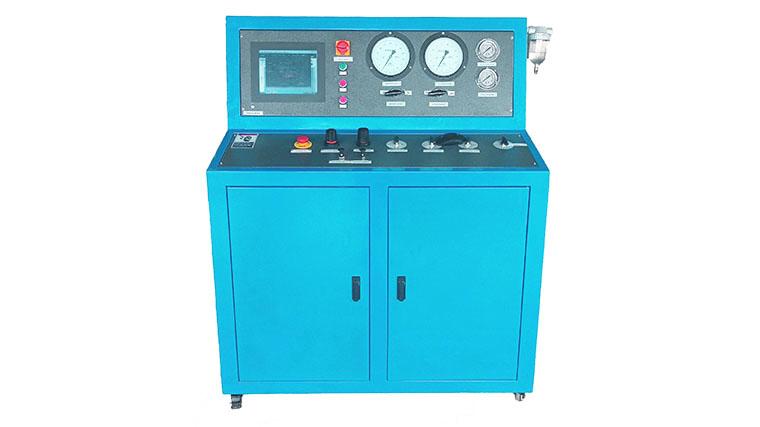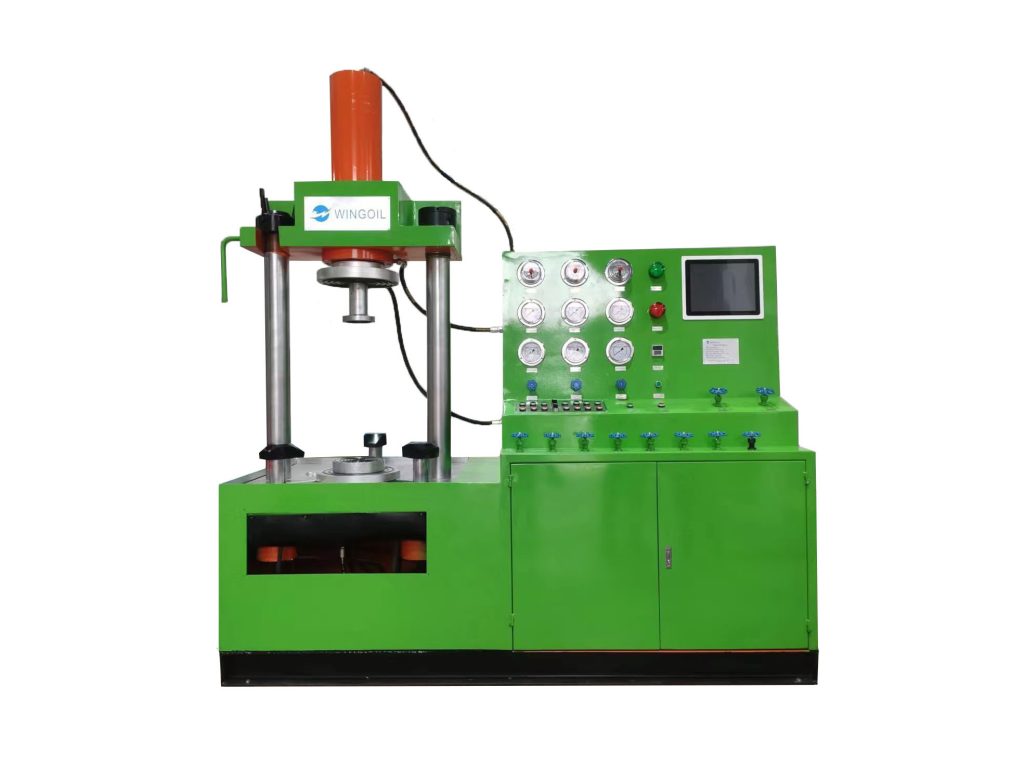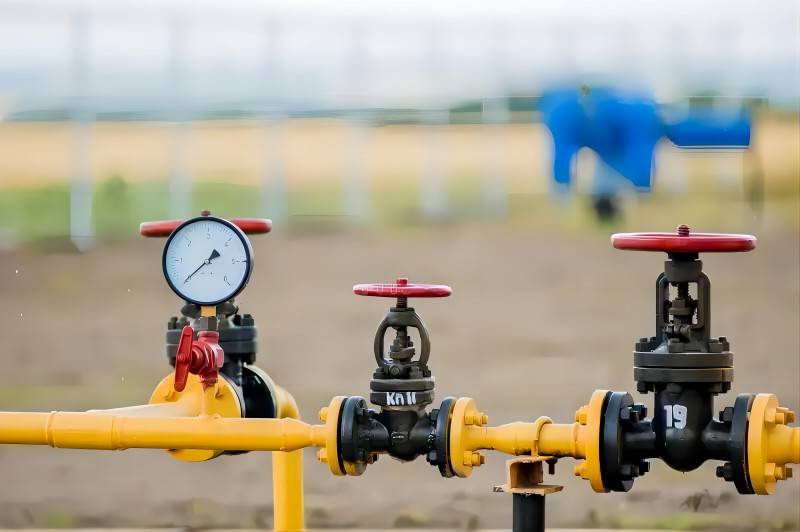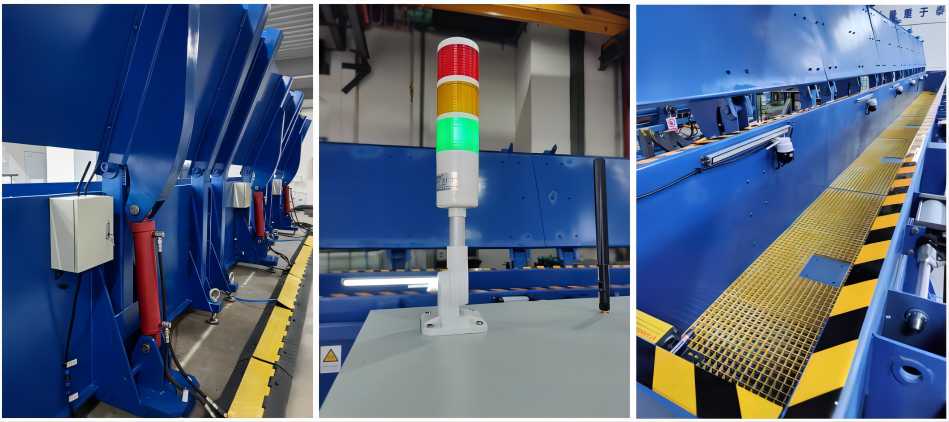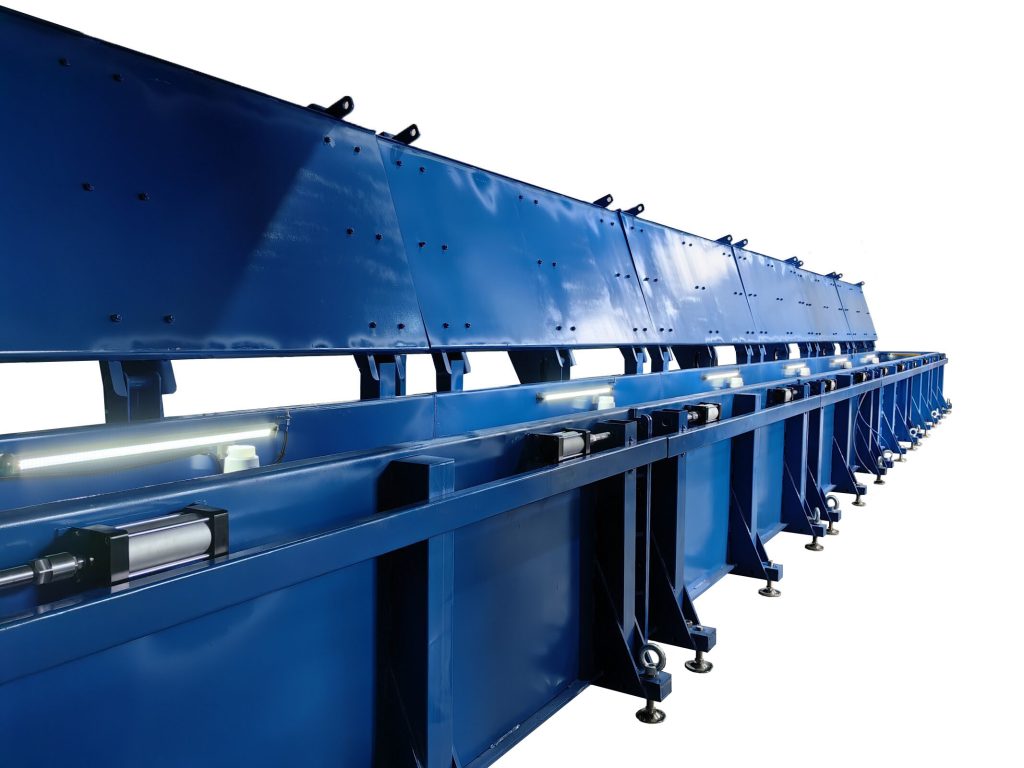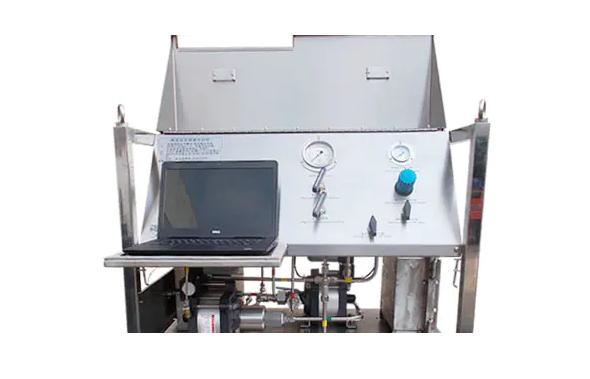The Role of Air Compressor Skid in Hose Pressure Testing: Efficiency, Precision, and Safety
Pressure testing is a critical procedure across various industries, ensuring the integrity and reliability of equipment and components subjected to different stressors. One of the essential components that enhance the effectiveness of pressure testing is the air compressor skid. This article delves into the intricate workings of the air compressor skid within the context of hose pressure testing machines, highlighting its functions, advantages, and integration with the testing process.
Introduction to Hose Pressure Testing and the Air Compressor Skid
Pressure testing is a method used to evaluate the strength and integrity of vessels, pipelines, hoses, and other equipment under high-pressure conditions. This process helps identify weaknesses, leaks, or potential failures that could occur during normal operations. The air compressor skid plays a pivotal role in this process, providing the necessary high-pressure air to simulate real-world conditions and test the equipment’s limits.
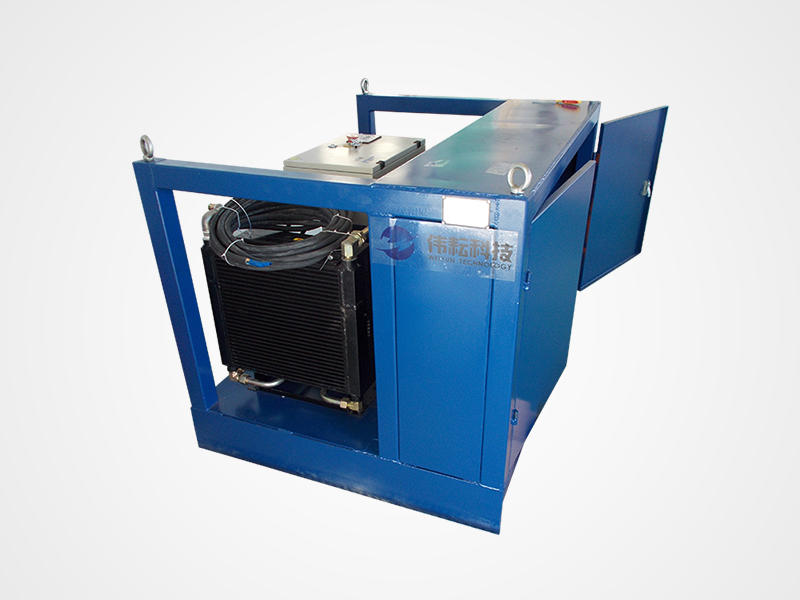
Components of the Air Compressor Skid
The air compressor skid comprises several key components that collectively ensure the successful execution of pressure testing procedures.
- Air Compressor Unit: At the heart of the air compressor skid is the air compressor unit itself. This device is responsible for taking in atmospheric air, compressing it, and delivering it at the desired pressure levels. The capacity and output specifications of the compressor determine its ability to generate the required pressure for testing.
- Control Panel and Instrumentation: Pressure gauges, flow meters, and temperature indicators are vital instruments mounted on the control panel. These instruments allow operators to monitor and control the pressure and temperature conditions during the testing process. Additionally, safety controls and emergency shutdown mechanisms are integrated to prevent accidents and equipment damage in case of unforeseen issues.
- Piping and Connection Systems: The piping system of the air compressor skid includes components for air intake, filtration, and outlet connections. Air is drawn in through filtration systems to ensure its cleanliness and prevent potential contaminants from entering the testing equipment. The outlet connections are designed to securely attach the skid to the testing machine, ensuring a seamless flow of high-pressure air.
Function of the Air Compressor Skid in Hose Pressure Testing
The air compressor skid serves several crucial functions in the context of hose pressure testing.
- Air Compression: The primary function of the air compressor skid is to compress atmospheric air to the desired pressure levels for testing purposes. The process involves reducing the volume of air while increasing its pressure. This compressed air is then delivered to the testing equipment through hoses and connections.
- Pressure Generation: The skid’s ability to generate and maintain high-pressure air is essential for accurate testing. By controlling the compressor’s output, the skid ensures that the testing equipment experiences the desired pressure conditions, simulating real-world scenarios and assessing equipment performance under stress.
- Controlling Air Flow: The air compressor skid allows operators to regulate the flow of compressed air. This control is crucial for achieving precise pressure levels and preventing sudden spikes or drops that could impact the integrity of the testing process. The skid’s valves and controls enable gradual pressure buildup and release as needed.
- Safety and Monitoring: Ensuring the safety of personnel and equipment is a paramount concern during pressure testing. The air compressor skid incorporates safety mechanisms to prevent overpressure situations, which could result in catastrophic failures. Monitoring instruments enable operators to keep track of pressure and temperature, allowing them to intervene if conditions exceed safe parameters.
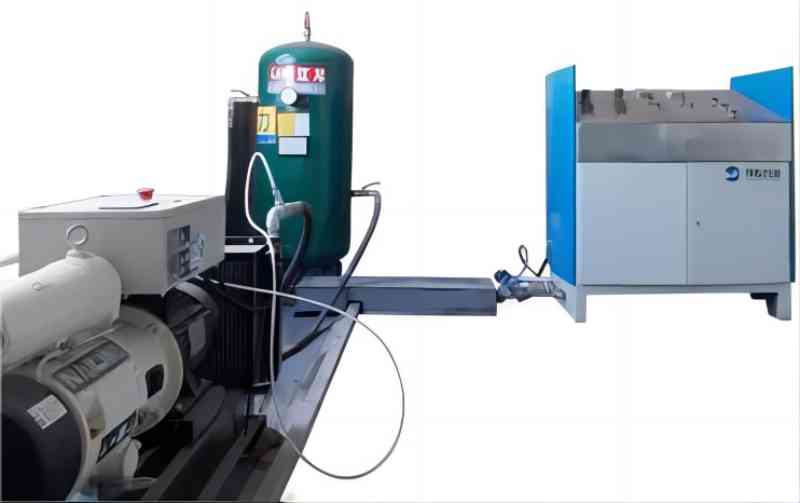
Integration with Hose Pressure Testing Machine
The successful integration of the air compressor skid with the hose pressure testing machine is essential for seamless and accurate testing procedures.
- Connection and Setup: Attaching the air compressor skid to the testing equipment involves securely connecting hoses and fittings. Proper setup ensures an airtight connection and minimizes the risk of leaks that could compromise testing results.
- Synchronization with Testing Process: Coordination between the air compressor skid and the testing machine is critical for precise pressure control. The skid must release compressed air according to the testing schedule, allowing the equipment to experience the desired pressure conditions during different phases of the test.
- Collaborative Operation: The controls of the air compressor skid and the testing machine often need to work in harmony. This collaboration ensures that pressure adjustments and other parameters can be fine-tuned to meet the specific requirements of each pressure testing procedure.
Advantages of Air Compressor Skid Integration
The integration of an air compressor skid into hose pressure testing machines offers several notable advantages.
- Precision and Consistency: The ability to accurately control pressure levels enhances the reliability of testing results. The air compressor skid ensures that pressure conditions are maintained consistently across multiple testing cycles, enabling reliable data collection.
- Time Efficiency: The air compressor skid accelerates the pressure buildup process compared to manual methods. Rapid pressure generation translates to increased testing throughput, allowing industries to save valuable time during testing campaigns.
- Safety Enhancement: The incorporation of safety controls and monitoring mechanisms in the air compressor skid reduces the risk of accidents related to pressure surges or equipment malfunctions. This safety feature ensures the well-being of operators and the preservation of expensive testing equipment.
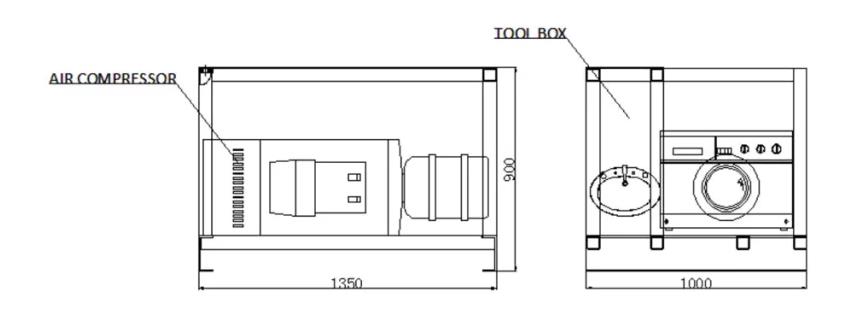
Conclusion
The air compressor skid’s role within the context of hose pressure testing machines is indispensable. Its functions encompass air compression, pressure generation, flow control, and safety monitoring. By seamlessly integrating the skid with testing equipment, industries benefit from enhanced precision, time efficiency, and safety in pressure testing procedures. The air compressor skid stands as a testament to the advancements in technology that continue to drive improvements in industrial testing processes.

